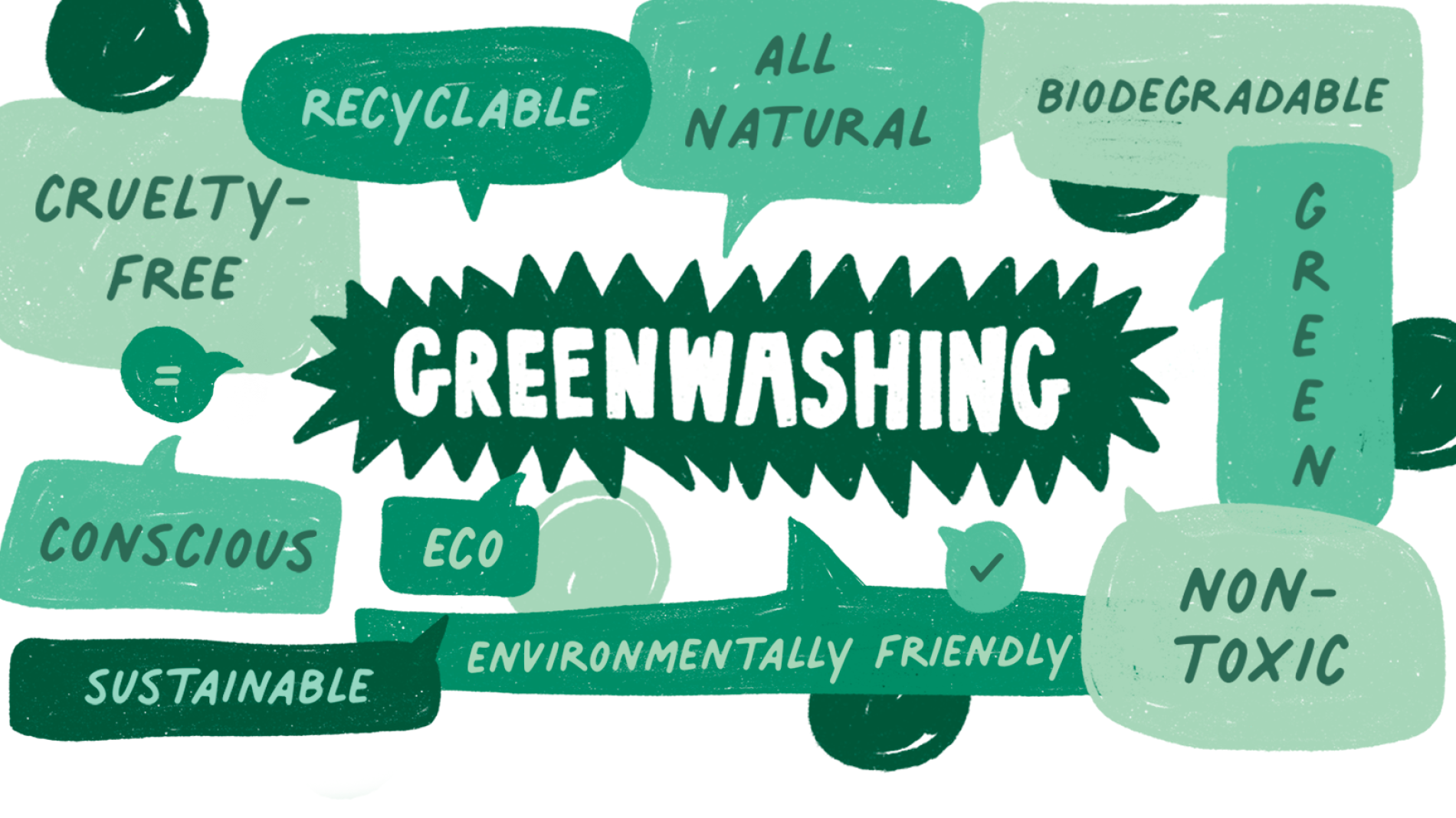
Fast fashion is an environmental issue, consisting of companies disposing of high-quantities of clothing due to their rapid production. As people become more environmentally conscious and aware of fast fashion, companies strive to appear sustainable. This has sparked the issue of greenwashing.
Greenwashing occurs when companies use misleading information about how their products positively impact the environment. Although some of their efforts may be sustainable, these companies are not making any notable changes to actually make an impact. The greenwashing strategy is used in order to appeal to people who strive to be environmentally conscious.
Greenwashing began as a marketing tactic in order to increase a company’s sales. By using the environment in their marketing, companies noticed that their profits could increase significantly. In 2017, a Forbes report stated that 92% of millennials are more likely to support a company that also supports social and environmental issues.
One of the first examples of greenwashing was the “save your towel” hotel campaign which encourages guests to reuse their towels. The campaign was marketed as a way to save water by having less hotel laundry. However, research showed the water usage only decreased an exceptionally small amount and only cut down on the hotel’s laundry labour expenses.
A common example of greenwashing is clothing brands like H&M that have an “environmentally-conscious” line, claiming a select few pieces are sustainable, but not the company as a whole. At the same time, these companies continue to operate under the fast fashion business model, resulting in a lot of their clothing being disposed of in dumps.
Greenwashing has even created distrust between several brands and their consumers. A GreenPrint survey discovered that over half of Americans don’t fully trust a company’s environmental efforts. However, there are several ways to recognize a company’s greenwashing efforts.
One strategy includes looking for certification. Words such as “natural” or “sustainable” can be printed on any label, but if a product doesn’t have the certification, it probably isn’t very natural. In addition, when products such as plastic bags claim to be “eco-friendly” consider how “eco-friendly” plastic bags can really be? These types of products are still horrible for the environment so the real sustainable option would be to avoid plastic bags altogether.
Another clear sign of greenwashing is vague promises or statistics. So many products use tag lines such as “15% more eco-friendly!” or something similar, which is a vague promise. What makes this product 15% more eco-friendly? And it’s 15% more eco-friendly than what? The past design of the same product? Or an entirely different product altogether?
By ensuring certifications when buying products, and specific environmental promises, greenwashing can become more avoidable.





